By Xavier Knight
Amidst the ever-rising tide of prescription drug costs in the United States, Florida has become a pioneering state in seeking alternative solutions. The Sunshine State, known for its ingenuity and willingness to break new ground, has embarked on a new initiative—importing medications from Canada. This move aims to tackle head-on the challenge of exorbitant drug prices that burden millions of Americans every day.
For years, the soaring costs of prescription medications have been a pressing issue, creating a financial strain on individuals, families, and the healthcare system as a whole. Despite efforts at various levels, the problem persists, with many patients forced to make difficult choices between essential medications and other basic needs.
Dr. Sukhi Ghuman delves into Florida’s bold step toward importing cheaper medications from Canada. Through a professional perspective, Dr. Sukhi Ghuman explores the motivations behind this move, the potential benefits, and the regulatory hurdles that must be navigated. Florida’s initiative represents a novel approach to a persistent problem and a potential blueprint for other states grappling with the same challenge.
Understanding the Prescription Drug Affordability Crisis
Unpacking the complexities of Florida’s move to import medications from Canada, it’s essential to first understand the landscape of the prescription drug affordability crisis in the United States. The escalation of prescription drug prices is driven by a multitude of factors, including but not limited to research and development costs, patent protections, and the lack of generic competition for certain medications.
“Consumers bear the brunt of these rising costs, facing significant financial strain and challenges in accessing essential healthcare,” says Dr. Sukhi Ghuman. “Many individuals and families are forced to make difficult decisions, sometimes sacrificing necessary medications due to unaffordable prices.”
In response to this crisis, both state and federal governments have made attempts to address prescription drug affordability. States have implemented various strategies, such as price transparency measures and Medicaid drug pricing reforms. At the federal level, proposals have included allowing Medicare to negotiate drug prices and promoting the importation of drugs from countries with lower prices, such as Canada.
The Legal and Regulatory Landscape Surrounding Drug Importation
Navigating the legal and regulatory terrain of prescription drug importation is crucial in understanding Florida’s initiative to import medications from Canada. Presently, the United States has stringent laws and regulations in place governing the importation of prescription drugs, designed to ensure safety and efficacy for consumers.
“At the federal level, the Food and Drug Administration (FDA) oversees the approval process for drug importation. States seeking to legally import medications, such as Florida, must follow a specific pathway outlined by the FDA. This pathway includes demonstrating that the imported drugs are safe, affordable, and will result in cost savings for consumers,” notes Dr. Ghuman.
Key considerations and challenges arise in this process. Ensuring the safety and compliance of imported medications with U.S. standards is paramount. This includes verifying the authenticity and quality of drugs, as well as addressing potential risks such as counterfeit products.
States must navigate complex supply chain logistics to facilitate the importation of medications while adhering to federal guidelines. The legal and regulatory landscape surrounding drug importation is intricate, requiring a delicate balance between affordability and safety. Florida’s initiative to import medications from Canada reflects a concerted effort to find innovative solutions within the existing framework, highlighting the complexities inherent in addressing the prescription drug affordability crisis.

Florida’s Trailblazing Initiative
Florida’s Prescription Drug Importation Program stands as an innovative effort to address the challenge of rising prescription drug costs. The program’s origins can be traced back to the state’s recognition of the urgent need to provide relief to residents burdened by high medication prices.
With the goal of enhancing affordability and accessibility, Florida embarked on a journey to establish a framework for importing prescription drugs from Canada. Overcoming legal and regulatory hurdles was a significant milestone for Florida’s initiative. The state worked diligently to create a legislative and administrative framework that aligned with federal requirements while addressing the unique needs of its residents.
“Central to the success of Florida’s program is its partnership with Canada,” says Dr. Ghuman. “And Canada isn’t the only option. Some of the highest quality and least costly medications are coming from India and other Middle Eastern countries.”
Establishing robust supply chains and implementing stringent quality control measures were key priorities. Collaborative efforts between Florida and Canadian authorities were instrumental in setting up systems to verify the authenticity and safety of imported drugs.
This partnership facilitates the importation process and serves as a model for other states considering similar initiatives. Florida’s trailblazing initiative reflects a proactive approach to tackling the prescription drug affordability crisis.
Implications and Future Outlook
Florida’s Prescription Drug Importation Program carries significant implications for the landscape of prescription drug affordability in the state and beyond. Proponents of the program anticipate substantial benefits for consumers, including projected cost savings on essential medications.
By importing drugs from Canada, where prices are often lower due to different regulatory structures, Florida aims to alleviate the financial burden on individuals and families struggling with high drug costs. To assess the success of the program, Florida has outlined evaluation metrics focused on both cost savings and healthcare outcomes.
These metrics will provide insights into the effectiveness of the importation program in improving access to affordable medications and enhancing overall health outcomes for residents. Key indicators may include the number of prescriptions filled at reduced costs and the impact on healthcare utilization patterns.
The replicability and potential expansion of Florida’s initiative are also areas of interest. As the program unfolds and lessons are learned, other states facing similar challenges may consider following suit. The success of Florida’s program could pave the way for a broader adoption of prescription drug importation initiatives across the country.
This approach aligns with the broader goal of enhancing healthcare affordability and accessibility for all Americans. Florida’s Prescription Drug Importation Program represents a bold step towards addressing the prescription drug affordability crisis.
With careful evaluation, this initiative has the potential to serve as a model for other states seeking innovative solutions to the escalating costs of medications. As the program progresses, its impact will be closely monitored, offering valuable insights into the feasibility and benefits of importing prescription drugs as a cost-saving measure.
Published by: Holy Minoza







